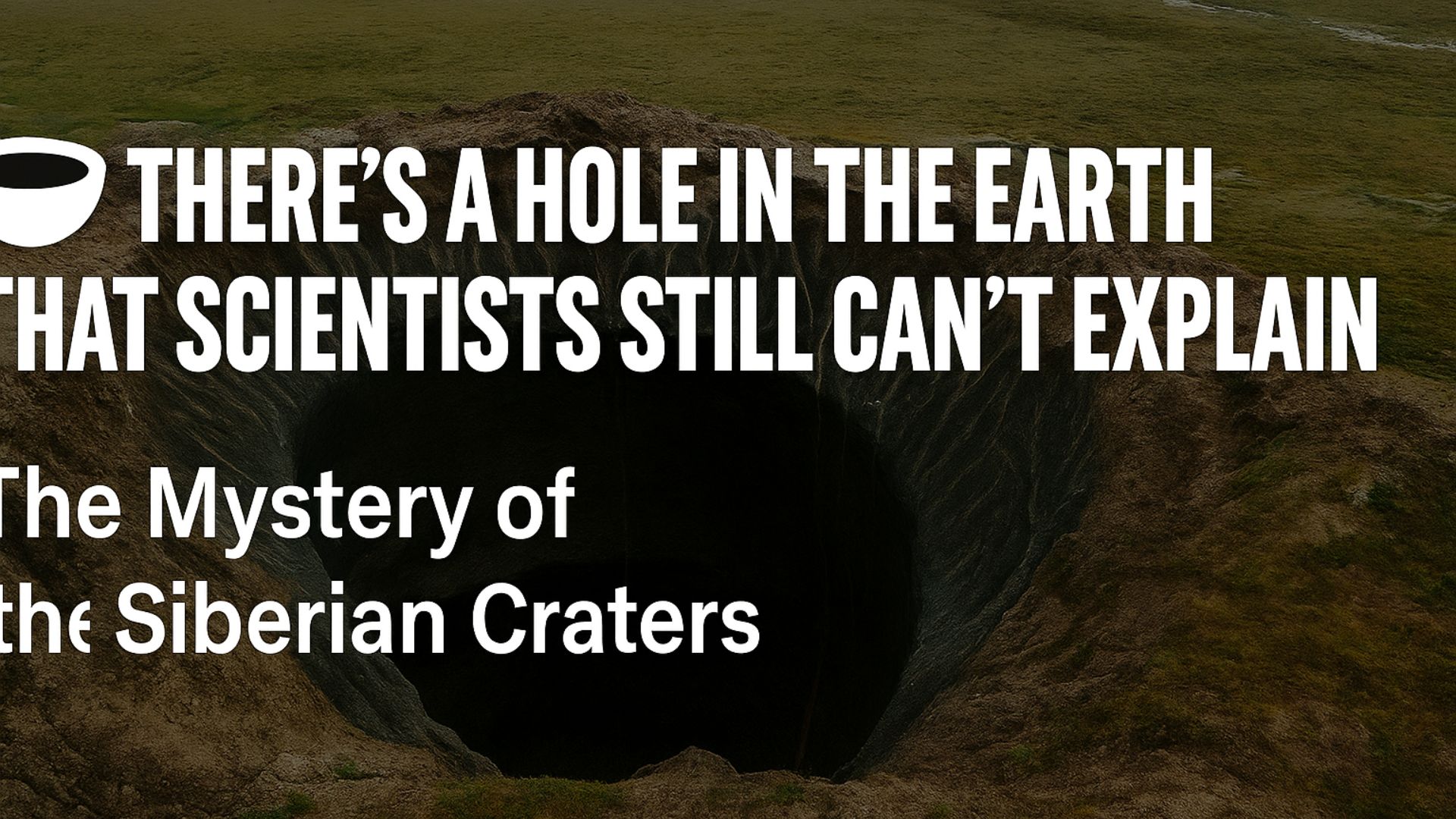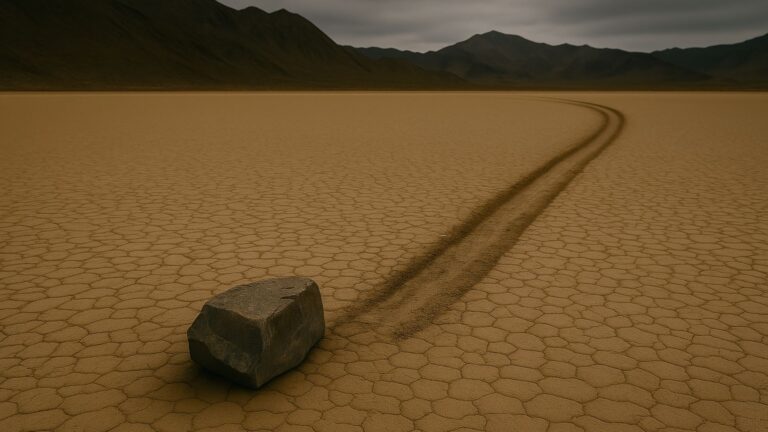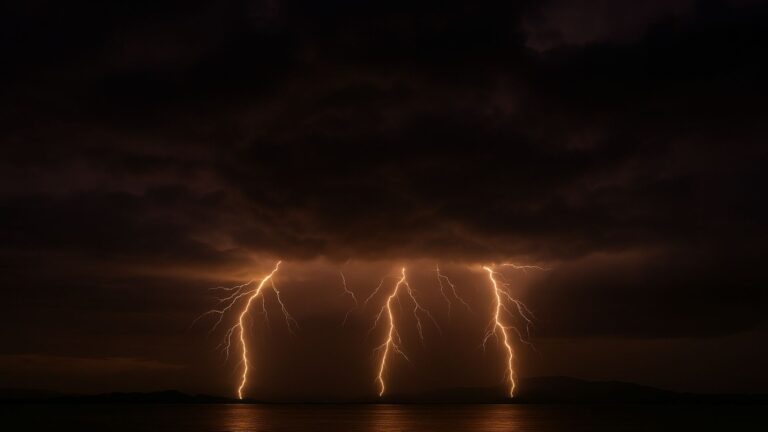🕳️ “There’s a Hole in the Earth That Scientists Still Can’t Explain” — The Mystery of the Siberian Craters
In the icy wilderness of northern Siberia, strange gaping holes have appeared—sudden, deep, and massive. These aren’t your typical sinkholes or impact craters. Known as the Siberian Craters, they’ve mystified scientists since the first major discovery in 2014. Appearing without warning and leaving behind towering walls of permafrost, these craters are a striking sign that our planet still holds secrets.
In this post, we explore the origins, theories, dangers, and the science behind these mysterious earth craters that continue to baffle experts.
What Are the Siberian Craters?
The Siberian craters are large, circular depressions found mostly in the Yamal and Gydan Peninsulas of northwest Siberia. Some are as deep as 30 meters and up to 20 meters wide. What’s eerie is that many of them form suddenly—blasting ice and soil hundreds of feet into the air.
❄️ What Causes These Craters?
The most accepted theory is explosive methane gas release beneath melting permafrost. Here’s how it works:
- Methane gas builds up beneath the frozen Arctic ground.
- Rising temperatures melt the permafrost layer.
- Trapped gases create immense underground pressure.
- The ground eventually bursts open violently, forming a crater.
This process is scientifically referred to as “cryovolcanism”—but unlike a lava volcano, it’s ice and gas.
Important Fact: Methane is a potent greenhouse gas. These explosions could signal dangerous feedback loops linked to climate change.
Must Read : Top 10 Hidden Heroes in History
🧬 Why It Still Puzzles Scientists
Even with theories in place, many questions remain unanswered:
- Why do these craters appear only in certain regions?
- Why are they perfectly round?
- What causes some to erupt explosively while others don’t?
- Are there more forming beneath the surface, waiting to explode?
NASA satellites and Russian researchers have been tracking over 7,000 gas bubbles bulging beneath Siberia’s tundra—some of which could turn into craters.
🌍 Where Have These Craters Been Found?
The craters are almost exclusively found in:
- Yamal Peninsula (Yamal means “end of the world” in the Nenets language)
- Gydan Peninsula
- Remote Arctic tundra regions
These areas are rich in natural gas deposits and experience extreme seasonal temperature shifts, making them ideal for gas pressure build-up.
⚠️ Are They Dangerous?
Yes. These craters can be hazardous for nearby infrastructure, oil pipelines, and human activity.
In one case, a helicopter pilot reported seeing flames shoot out of the ground, suggesting a highly pressurized methane explosion.
Additionally, their unpredictable nature makes them a threat to Arctic communities and drilling operations.
📸 What Do They Look Like?
These craters often start as swelling mounds—called “pingos.” When they explode, they leave a:
- Deep, cylindrical cavity
- Raised rims made of ejected soil and ice
- Sometimes they fill with water, becoming round lakes
Some of these holes are now being used to study climate change, methane release, and geological processes in extreme environments.
🧊 Connection to Climate Change
Many scientists link the increasing number of craters to global warming. As Arctic temperatures rise:
- Permafrost thaws earlier and deeper
- Trapped gases are released faster
- This may result in more frequent and powerful explosions
The Siberian craters are not just geological oddities—they are warning signs of a changing planet.
🔍 Final Thoughts: Are These Craters Harbingers of a Warmer Earth?
The Siberian Craters may seem like random natural occurrences, but they carry deep implications for climate science, methane emissions, and permafrost stability.
They remain one of the few natural mysteries that still surprise modern science—proof that even today, the Earth can still crack open with secrets we don’t fully understand.








One Comment